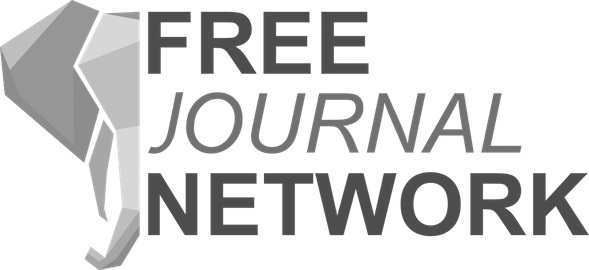The last 20 years has seen increasing discontent with the current dominant model of scholarly publishing. A major barrier to reform has been caused by the acquisition of many established journals by for-profit companies such as Elsevier. Ideally, each journal would be owned by the research community, reasonable running costs paid for via public funding, and publishers would compete for business on price and service. This is the first principle of Fair Open Access, which underpins all the efforts described on this site.
Despite the high profile of commercially owned journals, there are many well run independent journals, many of them offering no financial barriers to authors or readers. The Free Journal Network has been set up in order to allow these journals to provide a clear, compelling and sustainable alternative to commercial journals. This goes hand in hand with the work of organizations such as LingOA, MathOA, PsyOA which are focused on freeing journals from commercial control. We expect that such journals will usually join the Free Journal Network.
The word “free” has many meanings, and we intend that all of them be relevant to this network. Articles published in member journals are free to read (“gratis”) and free to reuse (“libre”). The journals themselves are independently run by scholars, free of interference from for-profit “publishers”. Member journals are free to leave at any time.
The network is a loose association that must justify its existence by creating value for its members. There is no formal legal organization behind it, although this may be revisited in future. Our idea is to share resources and best practices, and promote those journals satisfying our quality criteria.
The membership criteria we use are quite simple. They may become more stringent over time, as good practices are adopted by more and more journals. For now, we require of a member journal that it satisfy the 5 principles of Fair Open Access, that it publicly state its membership of the Free Journal Network, that it allow publication in English, and that it be invited by the steering committee of the network. In future we may use existing quality badges such as the DOAJ seal, or procedural criteria involving the editorial process. Controversial criteria of “prestige” such as rejection rates, citation metrics will not be used. All decisions about whether a journal is “good enough” for this network will be left to the steering committee.
I hope that this network will grow steadily in 2018. Please contact us at info@freejournals.org.
